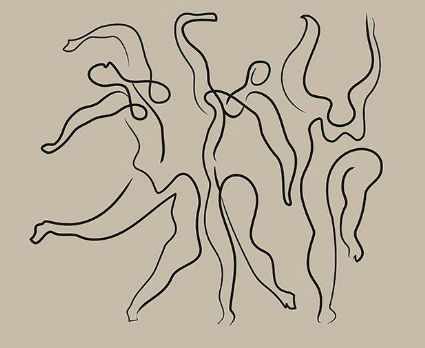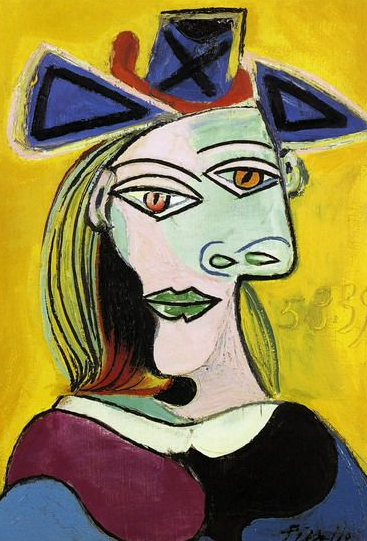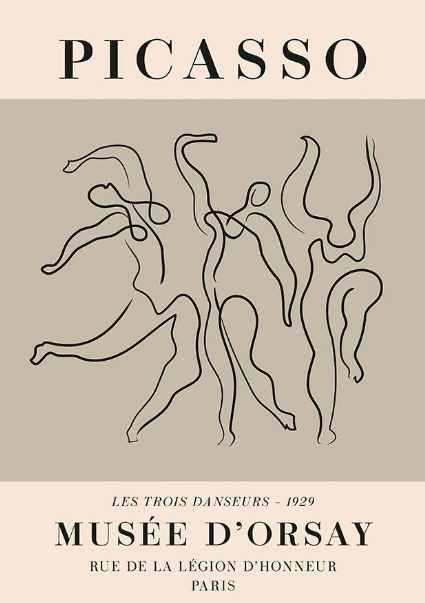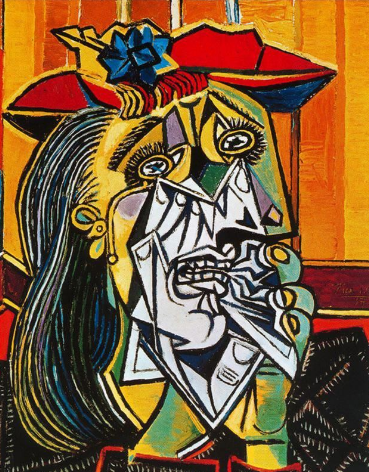A Tangled Affair: Picasso and Surrealism

Pablo Picasso, the undisputed master of modern art, is often associated with Surrealism, the artistic movement that embraced the subconscious and the dreamlike. While Picasso’s work undoubtedly shares certain characteristics with Surrealism, his relationship with the movement was far from straightforward.
By Richard Walker

image credit: pinterest.com
Picasso’s involvement with the Surrealists began in the 1920s. He became close with André Breton, the movement’s leading figure, and even claimed to have coined the term “sur-real,” which the Surrealists later adopted. His association with these avant-garde artists, and his own experiments with distorted forms and unsettling imagery, contributed to the perception of him as a Surrealist, or at least a figure closely aligned with the movement.
However, Picasso’s embrace of Surrealism was never absolute. He retained a distance from the group, choosing to remain outside the official Parisian Surrealist circle. This distance stemmed from Picasso’s own artistic trajectory. While Surrealists focused on tapping into the unconscious, Picasso’s work, though often fantastical and dreamlike, was heavily rooted in reality, drawing inspiration from classical art, African sculpture, and his own lived experiences.

This difference in approach is evident in their respective artistic practices. Surrealists employed techniques like automatic drawing, seeking to bypass conscious control and tap into the unconscious. Picasso, on the other hand, emphasized conscious manipulation of form and structure, crafting his imagery through meticulous observation and deliberate composition.
While Picasso’s work shared some common ground with Surrealism, particularly in its exploration of distorted forms and unexpected juxtapositions, his artistic vision remained unique. He was a master of multiple styles, constantly reinventing himself and pushing the boundaries of artistic expression. He was not bound by any single artistic doctrine, preferring to carve his own path.

image credit: pinterest.com
In conclusion, while Picasso interacted with Surrealism and shared certain aesthetic sensibilities with the movement, his relationship with the Surrealists was complex and ultimately peripheral. His artistic vision, rooted in both reality and imagination, transcended the confines of any single movement, cementing his position as a singular artistic force, a true master of his own unique vision.